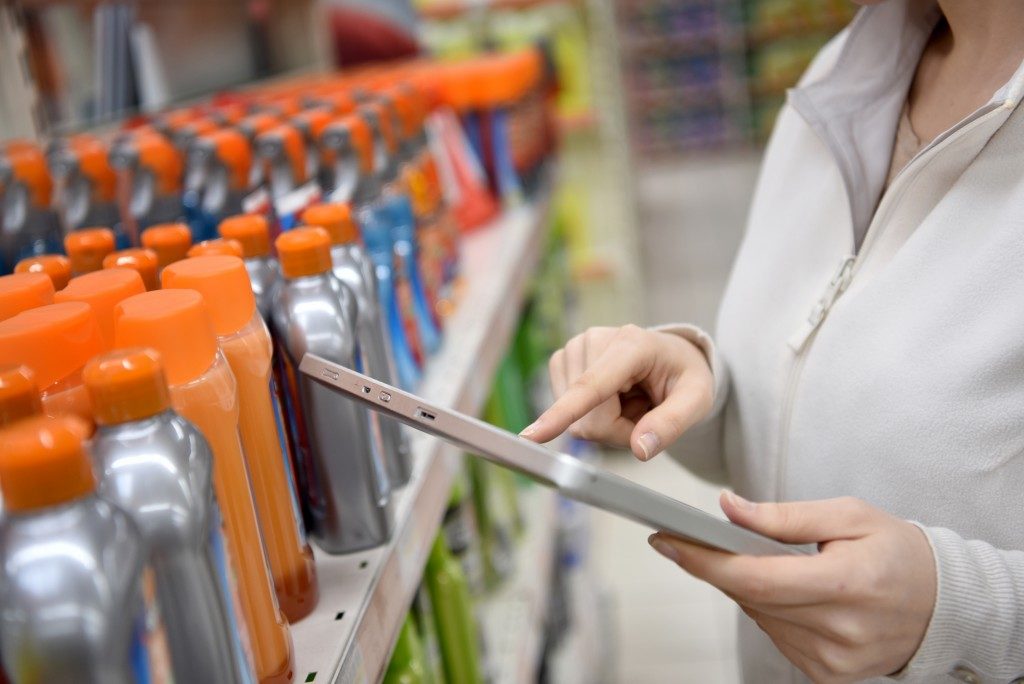Every successful product was once a concept. Just imagine, if it weren’t for the creative minds behind today’s innovations, you wouldn’t be reading this article on your mobile device or laptop. It doesn’t end in having a creative imagination; there must be the courage to take risks, and admittedly, money. There must also be a partnership with engineering companies that can take charge of the manufacturability, plastic bonding, and mold design- if necessary- once your concept receives the green light and green cash.
However, an idea will remain on paper if there is no funding to support it. After all, not only companies with resources are coming up with sophisticated ideas which will make life more comfortable. This is why many movers and shakers are turning to online fundraising platforms to turn their concepts into products that people can use.
Presentation is crucial in marketing an idea. Without any tangible object to show, people should believe that they need the idea being offered. How? It should serve its function in the most simplified and most productive manner. Such is the case of the products with the most number of positive user reviews released in the past year.
Many design ideas are coming out both from big companies and start-ups. If you’ve been thinking of turning your design into reality, you need to consider these qualities to set yours apart. Here they are:
-
Positive Design
Positive design creates a link between psychology and strategic design. It aims to bring happiness and comfort to people, making it a people-centered design philosophy. By using positive psychology, products are created as a means to improve people’s wellbeing. It’s not the product itself that brings people happiness; it’s the experience and activities they engage in through the product.
According to Pieter Desmet, author of Designing Emotions, a product can evoke 25 different positive emotions from interacting with it. It includes fascination, hope, and inspiration—proof that there is more than just simple pleasure from experiencing design in its fullest. All of which should be considered when designing a product.
-
Ethical Design

Ethical design pertains to products that are in line with your beliefs, intended to provide positive change in people’s lives, and maybe, the world. However, there is a constant debate on what passes for as ethical. The definition varies from one designer to another, considering the different values people ascribe to. Despite this debate, ethics continues to be the heart of today’s corporate awareness.
One thing designers can agree on with regard to ethics is this: ethical design is crucial when you’re dealing with technology. There is the belief that technology should be of service to the people. Conversely, technology poses a danger to people’s security in many ways — case in point: the recent debacle on Facebook user data.
-
Human-centered Design
Products are created to solve specific problems. With this in mind, creating human-centered products utilizes the human perspective in the design process. In short, it’s designing for people.
It matters to get to know your target market. This is you going beyond your preconceived notions about them. Involving the users in the process will give you the certainty that your design is not only usable in theory but also in practice.
Design is a collaboration. It involves not only the team which will make your concept come alive but also the people who are bound to experience your creation.







